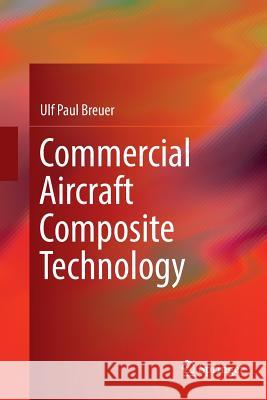Commercial Aircraft Composite Technology » książka
topmenu
Commercial Aircraft Composite Technology
ISBN-13: 9783319811536 / Angielski / Miękka / 2018 / 257 str.
Kategorie:
Kategorie BISAC:
Wydawca:
Springer
Język:
Angielski
ISBN-13:
9783319811536
Rok wydania:
2018
Wydanie:
Softcover Repri
Ilość stron:
257
Waga:
0.39 kg
Wymiary:
23.39 x 15.6 x 1.47
Oprawa:
Miękka
Wolumenów:
01
Dodatkowe informacje:
Wydanie ilustrowane











